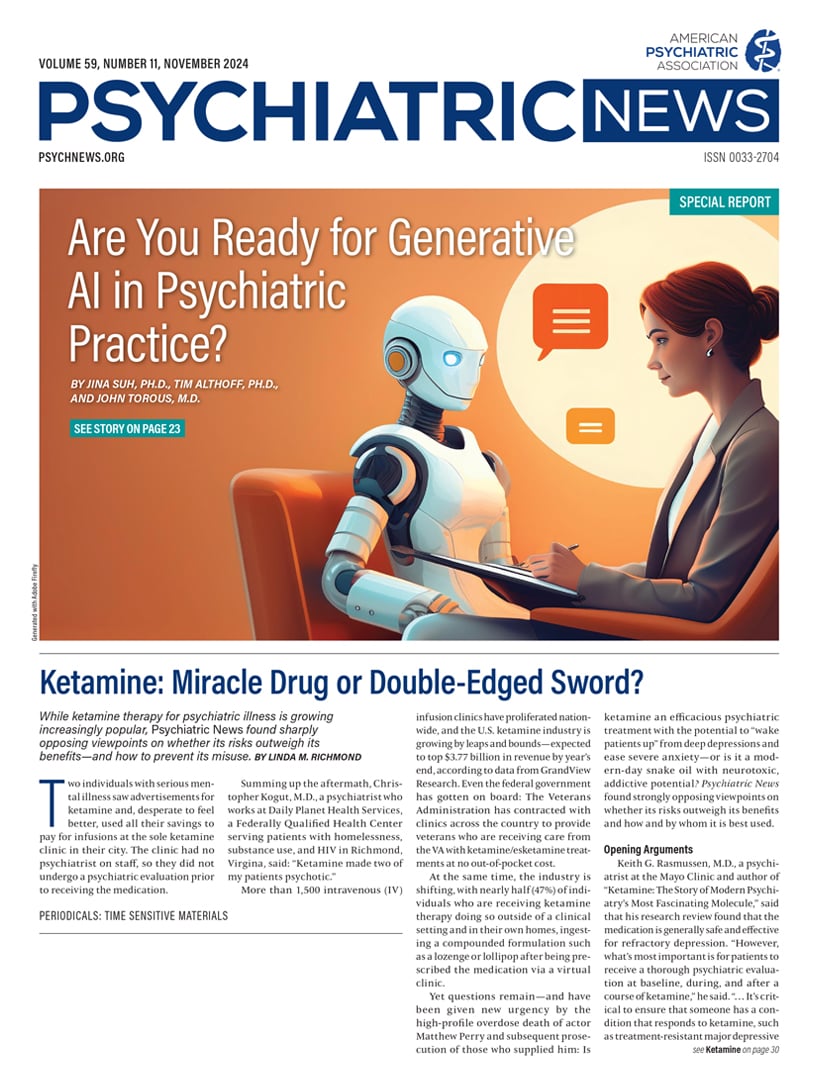College binge drinking is baked into American culture. From movies to TV to social media, young people are shown chugging beer at parties, playing drinking games, and engaging in inebriated behavior.
But young adults are vulnerable to the increased risk of alcohol use disorder (AUD) that comes with binge drinking and excessive alcohol use: According to the 2023 National Survey on Drug Use and Health (NSDUH), roughly 14% of full-time college students ages 18 to 22 meet the criteria for past-year AUD, higher than the national average of 10.2%.
In a presentation at the Johns Hopkins University’s Road to Recovery virtual conference in September, Amelia M. Arria, Ph.D., discussed patterns and predictors of excessive drinking among young adults, offered solutions for addressing burgeoning alcohol use problems, and busted a few myths along the way.
A Rite of Passage?
“Emerging adulthood is defined very loosely by age but more so by instability. There’s a lot going on, with steps being taken toward autonomy and developing a sense of self and your own independence. There is a high degree of exploration of what you want to do and what your goals are,” said Arria, director of the Center on Young Adult Health and Development and a professor of behavioral and community health at the University of Maryland School of Public Health. “What I hear a lot is ‘Isn’t this the time to explore heavy drinking and substance use? Isn’t it a rite of passage?’ My response is that drinking and substance use are not really a great way to explore your identity, and it might hinder your ability to achieve some of these milestones.”
Arria shared data from the
College Life Study (CLS), a longitudinal study funded by the National Institutes of Health and conducted by the University of Maryland, which focuses on both positive and negative health-related behaviors in college students. The CLS found that students with high-risk alcohol use (at least six drinks per day) had a 22.3% probability of developing alcohol dependence in their first year of college, compared with 15.1% in those with medium-risk drinking (three to five drinks per day), 5.2% in those with low-risk drinking (one or two drinks per day), and 2.3% in those with no alcohol use. Risk climbed slightly in all groups in their second year, then began to decrease by their fourth year. However, risk remained considerably higher in the high-risk group in their fourth year: 19% compared with 12.8% in the medium risk group, 4.3% in the low-risk group, and 1.9% in the no-use group.
“What this really shows is that past behavior is a predictor and that all of the risk or protective factors that kept people in their respective groups were probably operating all through college, Arria said.
Risk and Protection
Arria noted key factors that play into a young adult’s risk of excessive alcohol use and increased risk of AUD:
•
Individual factors such as genetics, temperament/self-regulation, cognitive style, coping skills, and propensity for mental health problems
•
Adults and caregivers in the young person’s life who engage in role modeling and boundary-setting, facilitating help-seeking, and providing resources
•
Peers and peer behavior such as role modeling, risk-taking, sharing information, and creating opportunities for learning and growth
•
Community and institutions such as neighborhood, local safety nets, and educational and employment opportunities
“All of this is to say that we need a multipronged approach [for] changing a person’s trajectory,” Arria said. “Targeting one particular risk or protective factor isn’t really going to address the issue.”
Arria said that colleges can do their part by making the campus environment less conducive to drinking via strategies that decenter alcohol, such as increasing the visibility of the institution’s policies regarding alcohol, discouraging the promotion of alcohol at campus social events, and encouraging enforcement of local laws regarding proof of age at bars, restaurants, and retail establishments.
Arria rounded out her presentation with a discussion of parental involvement. She said that some parents take a softer stance on drinking as long as there are harm-reduction measures in place, such as taking their children’s keys or allowing their children to have alcohol around them but otherwise discouraging drinking. However, this can send mixed messages.
“Over time and on average, students whose parents either give mixed messages or use harm-reduction measures turn out to have a higher risk for excessive drinking in college,” Arria said. “This is a hard message for a lot of parents to swallow because they take these [harm-reduction] approaches out of concern and are very well-intentioned.”
Instead, parents can be more helpful by checking in with their children and stepping in as advocates when signs of increased risk arise, such as low academic engagement or whether the student feels overwhelmed.
“Parents are really good at detecting problems early, but sometimes they’re a little hesitant to act on their instincts. It’s important for them to trust their gut and facilitate help,” Arria said. “We encourage parents to be advocates for more and better systems of care on the college campus and in the community, so they should know the safety nets offered by schools, communities, and colleges.” ■

